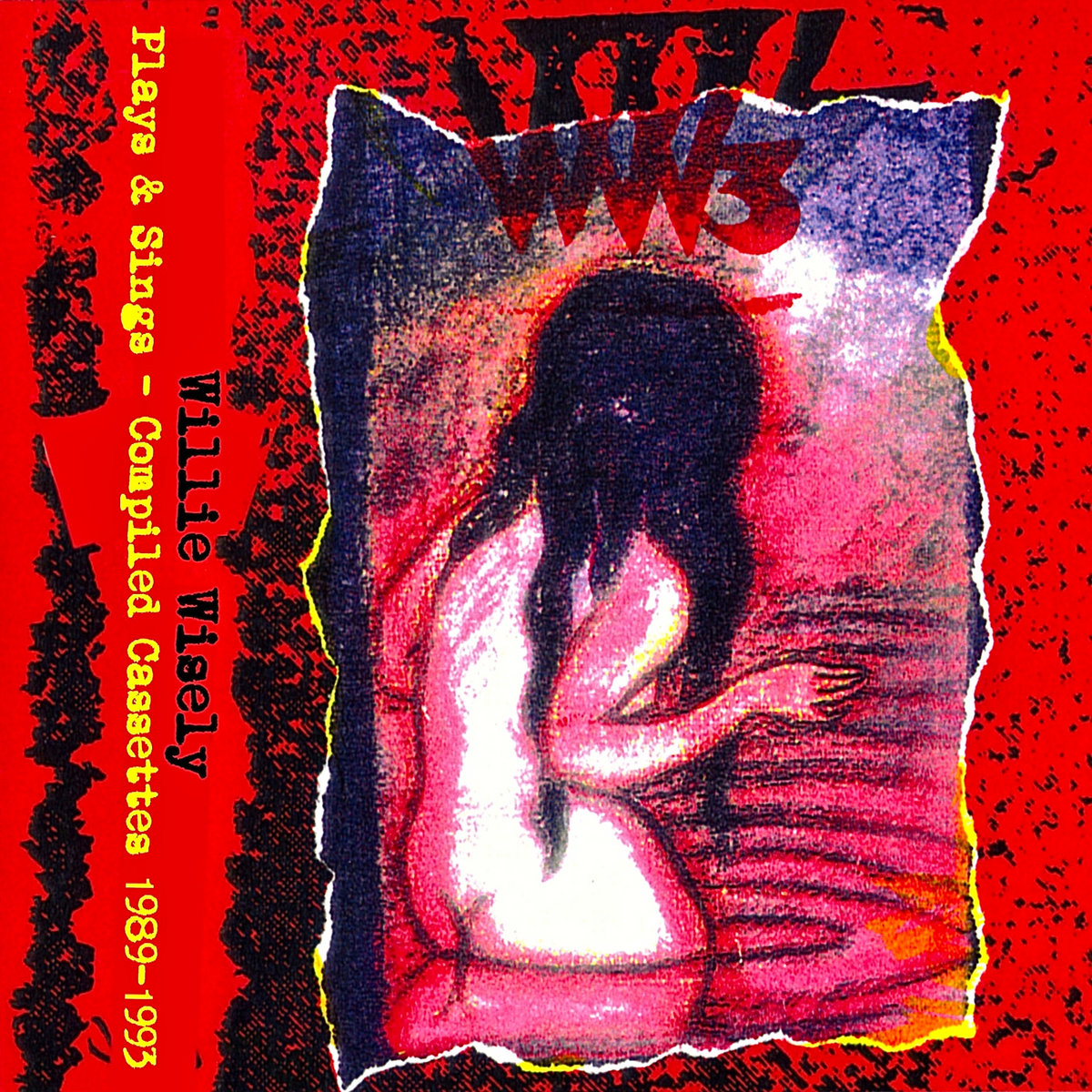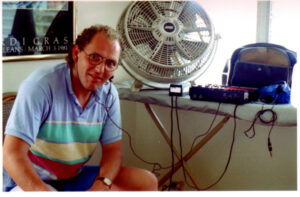Plays & Sings – Compiled Cassettes 1989-1993
Release Date: 1998
Track List & Lyrics
Click on song title for lyricsProduced by Willie Wisely
All songs by Willie Wisely except
1 Mahalia Jackson, 10 Richard M. Jones, 11 Bundora, 12 Cole Porter, 13 Harvey O. Brooks, 14 Willie Dixon
WW: guitar & vocals James Voss: backing vocal & string bass Peter Anderson: drums Greg Wold: trombone & backing vocals
Cover Art by John Berry for Nothing Arts, Minneapolis
Additional art by Kelly Dahlin
From 1989 to 1993 Willie Wisely Trio released three homemade cassettes: “Plays & Sings”, “Make Love” and “From Whence We Came.” While some tracks were recorded live at gigs, others were crafted on lo-fi, dreamy, analog, 4-track cassette tape. Soulful and self-unaware performances reflect the Wisely gang’s new infatuation with mid-century jazz and rural blues.
DIY Cassettes
Upon first seeing The Beatles‘ film “Let It Be” in 1979 I was convinced that I could make the leap from music fan to music maker. The film was an instruction manual on how to make––and in some cases how NOT to make––a record. In 1983, when I first laid eyes on my buddy Paul Grubb’s X-15 4-track cassette recorder, it was clear how all this would occur. He and I, together with drummer Mike Leville, would release a series of cassettes as The Addition and then as Peas Porridge, adding guitarist Will Zorn.
The cassettes were homemade art projects. I even built miniature display racks of cardboard and construction paper and visited every record store in the phone book. Ten cassettes near every cash register in town, priced at $3.99––I would sell hundreds without any meaningful shows or press.
So by the time the Willie Wisely Trio was playing its first gigs I already knew cassettes were our thing. Three EPs constitute the Trio’s earliest work. 1989’s “Plays & Sings”, 1990’s “Make Love” and 1993’s “From Whence We Came”, the last being a live show in Winnipeg. All told, after several years of touring, we sold over 1,500 low-fidelity cassettes. 23 years later I still get messages from people who bought them.
The process of recording had some memorable ticks. First I’d track a keeper guitar and vocal, and then we’d simultaneously record the drums and bass over that performance. It was often a challenge because my guitar playing wasn’t metronomic––far from it. But the push and pull of the tempo, the tape hiss, and the odd musical influences amounted to a charming vibe that was all our own.
Placing the two drum mics was always the greatest technical limitation and artistc challenge. It was also Peter’s and my little science experiment. We’d monitor our tracks through an old console stereo system that had been left in the basement of Delisi’s Bar where we rehearsed. It was from the early sixties and sounded pretty bad––leaving us to guess at what things would sound like on a better stereo. So the bass was always boomy, and the treble, kind of drab. But we loved it. Plus, elements of real life and pure inspiration would sneak into it: the rhythm section giggling over a botched lyric, or a passionate girlfriend trying to stimulate the music while I sang a lead vocal (use your imagination).
Between the 4-track recordings were scattered live concert recordings. Overall, we kept our mistakes, and wore our ineptitude as a badge of anti-jazz honor, which seemed critical if we were to be taken seriously by the Minneapolis scene, then dominated by post-punk bands like The Replacements, Run Westy Run, Soul Asylum, Blue Hippos, TVBC and Husker Du––all of whom were role models to us.

